It noted that falling inflation will allow Bank of Ghana (BoG) to continue lowering monetary policy rate, take other actions to loosen monetary policy.
According to Fitch, Ghana’s non-oil domestic output to continue to grow as power provision improves while banks continue to clear non-performing loans from their balance sheets.
Key Rating Drivers
It explained that the ratings reflect the country’s medium-term growth potential and improving macroeconomic stability, which is supported by the authorities’ commitment to putting public finances on a sustainable path.
“This is balanced against high government debt, existing weaknesses in public finances, and low GDP per capita.
“Fiscal outturns from first half of 2017 indicate that the government’s fiscal consolidation efforts remain on track.
“Revenues have underperformed their mid-year budget targets, but reported expenditure has been lower as well,” it added.
Fitch expects the general government deficit on a cash basis to narrow to 7.3% of Gross Domestic Products (GDP), down from 9.3% in 2016.
The credit rating agency’s forecast is higher than the government’s forecast of 6.3%, reflecting the view that tax cuts included in the budget to spur economic activity will keep revenues lower than envisaged.
“Moreover, the risk of off-budget spending and the accumulation of new arrears remains a risk.
“Ghana’s high public sector debt level stabilised in 2016. Fitch forecasts general government debt to fall to 71% of GDP in 2017, down from 73% at end-2016.
“Falling government debt is positive for Ghana’s ratings, but the current debt level is higher than peers, both as a percentage of GDP (the ‘B’ median is 56% of GDP) and a percentage of revenue. Ghana’s general government debt/revenue is 364%, well above the ‘B’ median of 227%.
“Domestic payment arrears and contingent liabilities from energy sector SOEs present additional debt sustainability risks”, it said.
Fitch noted that the accumulation of GH?1 billion in new arrears in 2016, along with GH?5 billion in outstanding expenditure claims, brings the total stock of outstanding government arrears to as much as 3% of GDP. Furthermore, a recent audit estimated energy sector SOE arrears to domestic banks, suppliers and other SOEs at 13% of GDP.
Fitch forecasts real GDP growth of 6% in 2017, up from 3.5% in 2016.
The ongoing repair of the faulty turret that restricted output at the Jubilee field and the commencement of production at the SGN and TEN fields has boosted oil sector growth.
Non-oil domestic output will continue to grow as power provision improves and banks continue to clear non-performing loans from their balance sheets, allowing for greater credit provision to the private sector.
Inflation has continued to fall through 2017, with headline inflation going from 15.4% in December 2016 to 12% in July 2017.
Falling inflation will allow BoG to continue lowering the monetary policy rate and take other actions to loosen monetary policy, providing some growth stimulus.
However, the large amount of non-performing loans (NPLs) in the Ghanaian banking sector complicates the transmission of monetary policy rates to market rates, weakening the overall impact of monetary policy.
Key downside risks will continue to centre on the potential of fiscal slippage, which would weigh on domestic output by increasing the government’s needs to finance its deficits through domestic issuances, crowding out private sector credit.
It would also slow the clearance of domestic payment arrears, causing government contractors and suppliers difficulties in meeting their own financial obligations.
Ghana’s external vulnerabilities remain a weakness to the rating, but the increase in gold and oil export receipts has helped to narrow the trade balance and stabilise the current account deficit.
Fitch forecasts the current account deficit to narrow to 5.7% of GDP in 2017 and further to 4.6% in 2018.
By comparison, Ghana’s current account deficit averaged 8.9% 2007-2016. The narrowing current account will aid the accumulation of foreign reserves, which Fitch forecasts to end 2017 at USD5.5 billion (three months of current external payments).
Ghana’s external position is also supported by its USD915 million IMF Extended Credit Facility (ECF), which is also a support to the ratings.
Ghana successfully completed its most recent programme review in September, at which time the programme was also extended by an additional year.
The ECF provides external financing and aids Ghana in retaining access to other official financing sources and to international capital markets at non-prohibitive yields.
Overall macroeconomic conditions have led to deterioration in asset quality and slowing private sector credit growth.
Ghana’s energy companies built up large non-performing credit facilities at domestic banks, causing NPLs to rise to 21% of total loans in 2017, from 11% at end-2014.
Proceeds from the Energy Sector Levy Act, passed in December 2015, have allowed the energy companies to begin servicing their debts.
The authorities are currently considering an energy bond to resolve the legacy SOE debt; clearing these NPLs would help improve banks’ balance sheets and lessen the possibility that sovereign support will be necessary to recapitalise domestic banks.
The ratings are supported by World Bank governance indictors and business environment indicators that are stronger than the ‘B’ median.
However, the ratings are constrained by low GDP per capita, which at $1,544 is less than half the ‘B’ median, low human development indicators and dependence on commodity exports.
Fitch lauds Ghana’s macroeconomic stability
- Posted on
- Comment
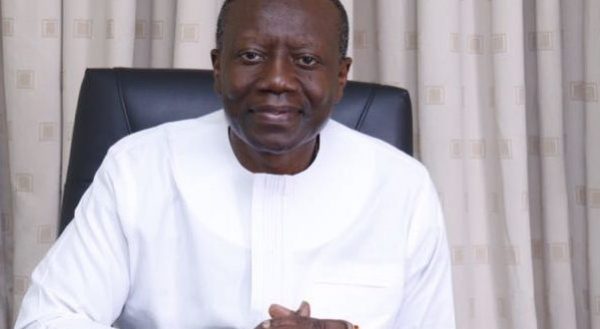 Credit rating agency Fitch Ratings has affirmed Ghana at ‘B’ with stable outlook, citing medium-term growth potential and improving macroeconomic stability.
Credit rating agency Fitch Ratings has affirmed Ghana at ‘B’ with stable outlook, citing medium-term growth potential and improving macroeconomic stability.
By Elvis DARKO, Accra
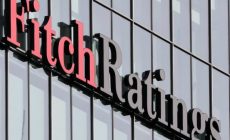
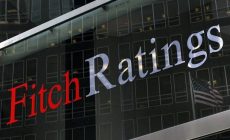
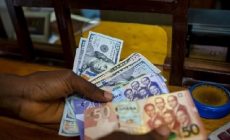
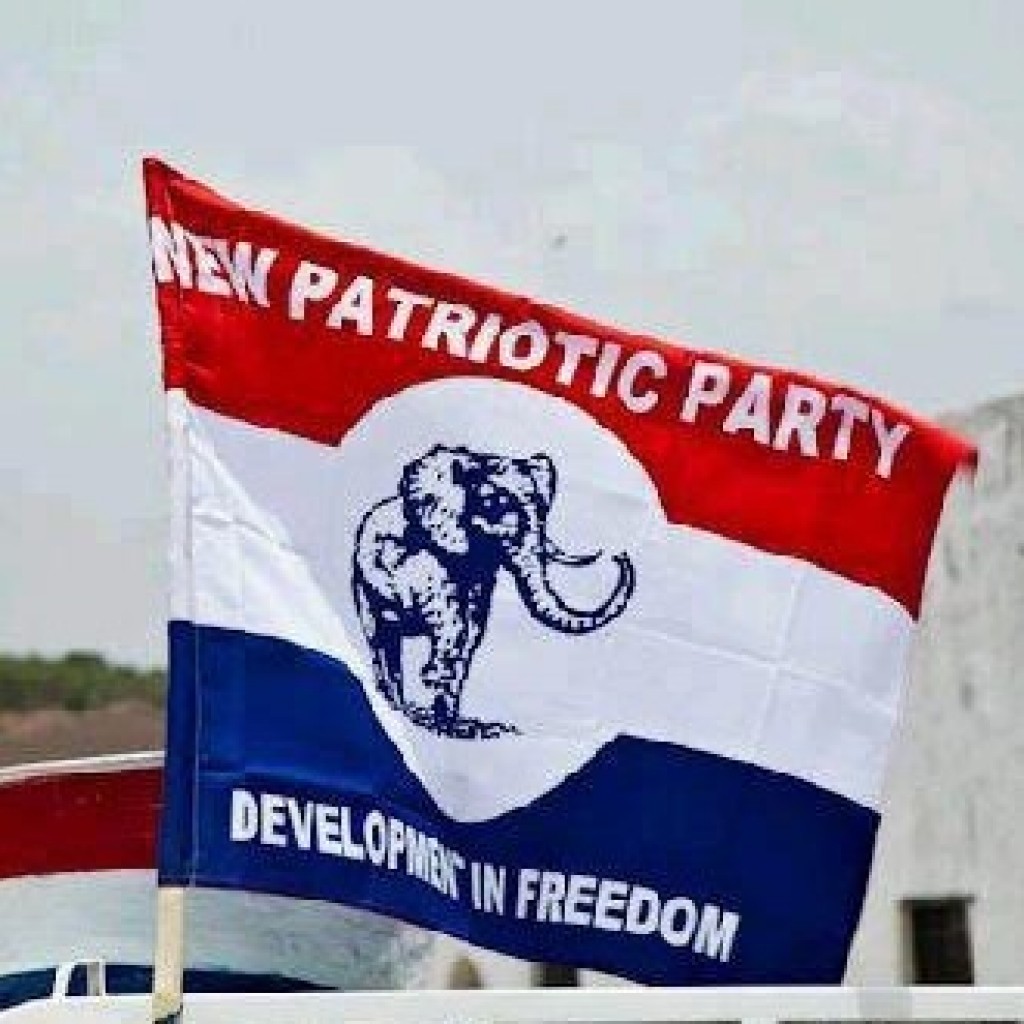






 (Selorm) |
(Selorm) |  (Nana Kwesi)
(Nana Kwesi)